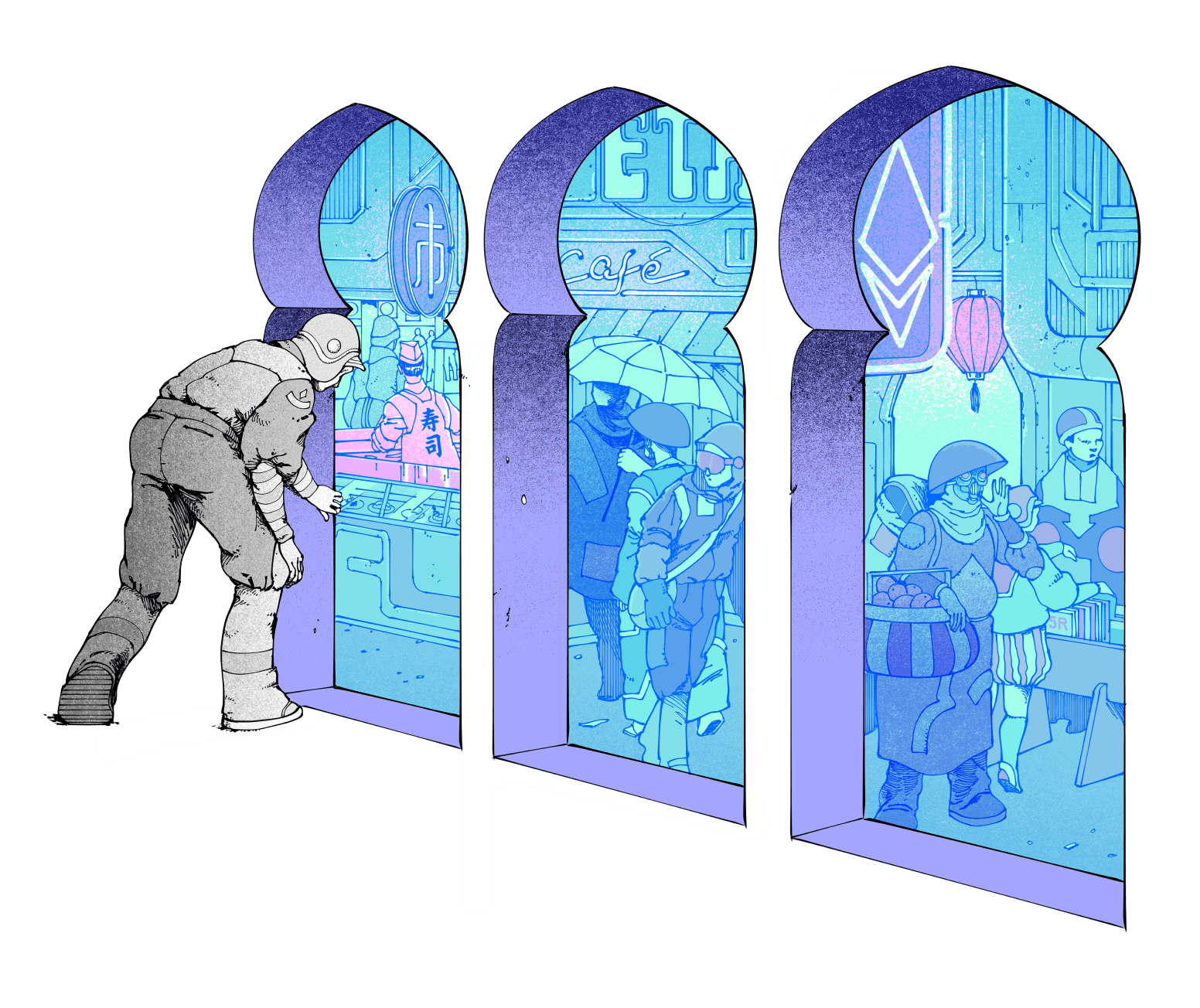Ethereum is an open, public blockchain launched in July 2015 by a software developer called Vitalik Buterin and a small team of co-founders.
The idea behind Ethereum was simple. While Bitcoin let you send and receive digital cash, Ethereum would build on this with open-source programs called smart contracts.
Smart contracts let anyone create their own digital assets and decentralized applications (dapps) that run 24/7, globally. And unlike banks, corporations or other institutions, smart contracts are available to anyone with an internet connection.
Since 2015, Ethereum has grown into a thriving ecosystem of digital assets like stablecoins, non-fungible tokens (NFTs), and governance tokens, as well as a sprawling world of dapps for decentralized finance (DeFi), art and collectibles, gaming and decentralized social media.
Collectively, this ecosystem is called "web3", representing the third phase of the internet centered around ownership.
Today, Ethereum is used by millions of people around the world holding billions of dollars in assets who send and receive trillions of dollars every year—all without a bank.
At the heart of all this is Ethereum's native cryptocurrency ether (ETH), a new kind of digital money used to power the whole network.

What is the Ethereum network?
You can think of the ethereum network as a global digital infrastructure that anyone can use but nobody can abuse.
The network is made up of thousands of independent computers around the world called nodes. These nodes, run by regular people, work together to provide financial services and digital applications to anyone, anywhere.
The Ethereum network has 3 key advantages over traditional networks owned by institutions. These are censorship resistance, enhanced security and improved reliability.
Censorship resistant
While traditional apps and financial services rely on banks or corporations that can decide to block access or freeze accounts, dapps on Ethereum are censorship resistant.
This is because ethereum's network of nodes record every single transaction without discrimination—and this rule is embedded in the code.
Highly secure
While many apps today are hosted on cloud providers like AWS and can be vulnerable to takedowns and attacks, dapps on Ethereum are secured by the network itself. Every node stores and syncs the entire state of Ethereum, including all contracts.
If someone tried to change a contract, the network would reject it since it wouldn't match their records. To take down a single app, attackers need to take over the entire network, which would costs billions and be extremely hard to coordinate.
Durable and reliable
Downtime on cloud hosting platforms can take apps offline, but Ethereum's design ensures perfect uptime. The network will keep running even if some nodes go offline due to software bugs, government crackdowns, natural disaster, or war.
Millions of people use thousands of dapps on Ethereum every day. While high demand can lead to elevated transaction fees, it reflects the strength of a network that prioritizes security, decentralization, and the guarantee that it's always available when you need it.
Ethereum extensions (Layer 2)
Different teams have created Layer 2 (L2) networks that run on top of Ethereum to increase Ethereum's capacity. L2s act like express lanes, making transactions faster and cheaper—sometimes costing less than a cent on average.
Some of the most popular L2s including Optimism, Arbitrum, ZKSync, and Base now process millions of transactions worth billions of dollars each year.
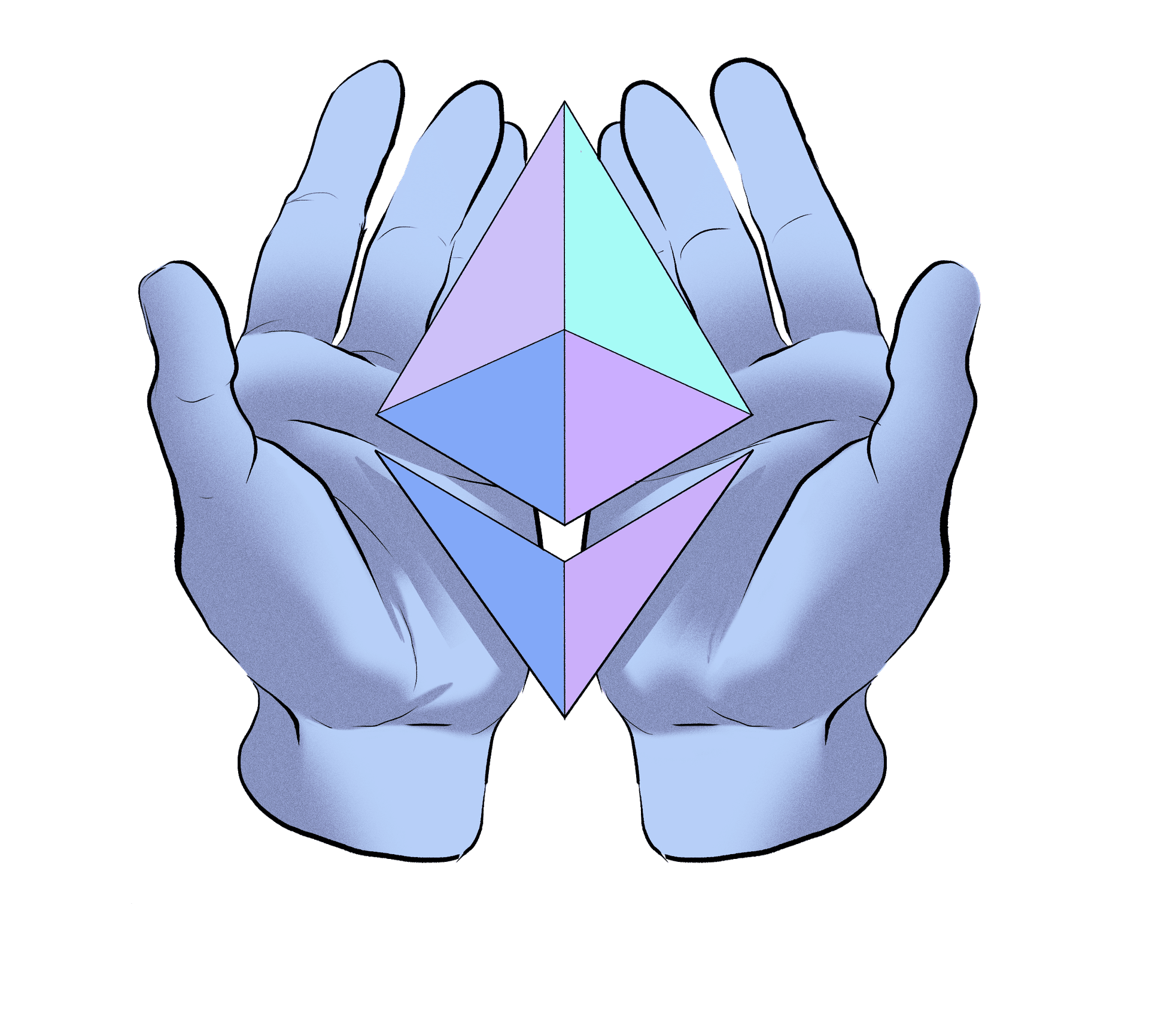
What is ether (ETH)?
Ether (ETH) is the native cryptocurrency of Ethereum.
It's a new kind of digital money you can send to anyone, anywhere in the world in seconds for as little as a few cents. But ETH is about more than just payments. It plays a vital role in keeping the Ethereum network running.
When you use Ethereum to send money, collect art or build a new dapp, you pay a small transaction fee (or gas fee) in ETH. This fee helps prevent spam and rewards the people called validators who process transactions.
These validators help secure the ethereum network through a system called staking. By locking up their ETH they're eligible to process transactions. In return, they earn ETH as a reward. This gives Ethereum its own self-sustaining economy, powered by users rather than companies.
Unlike many traditional currencies, ETH can become more scarce over time. Every time someone uses Ethereum, a small portion of ETH is burned, which permanently removes it from the supply. On busy days, more ETH is burned than created, making ETH deflationary and increasing its value over time. The more Ethereum is used, the more ETH is burned.
Because of this, many people see ETH as an investment and choose to hold, stake or lend it to grow their savings.
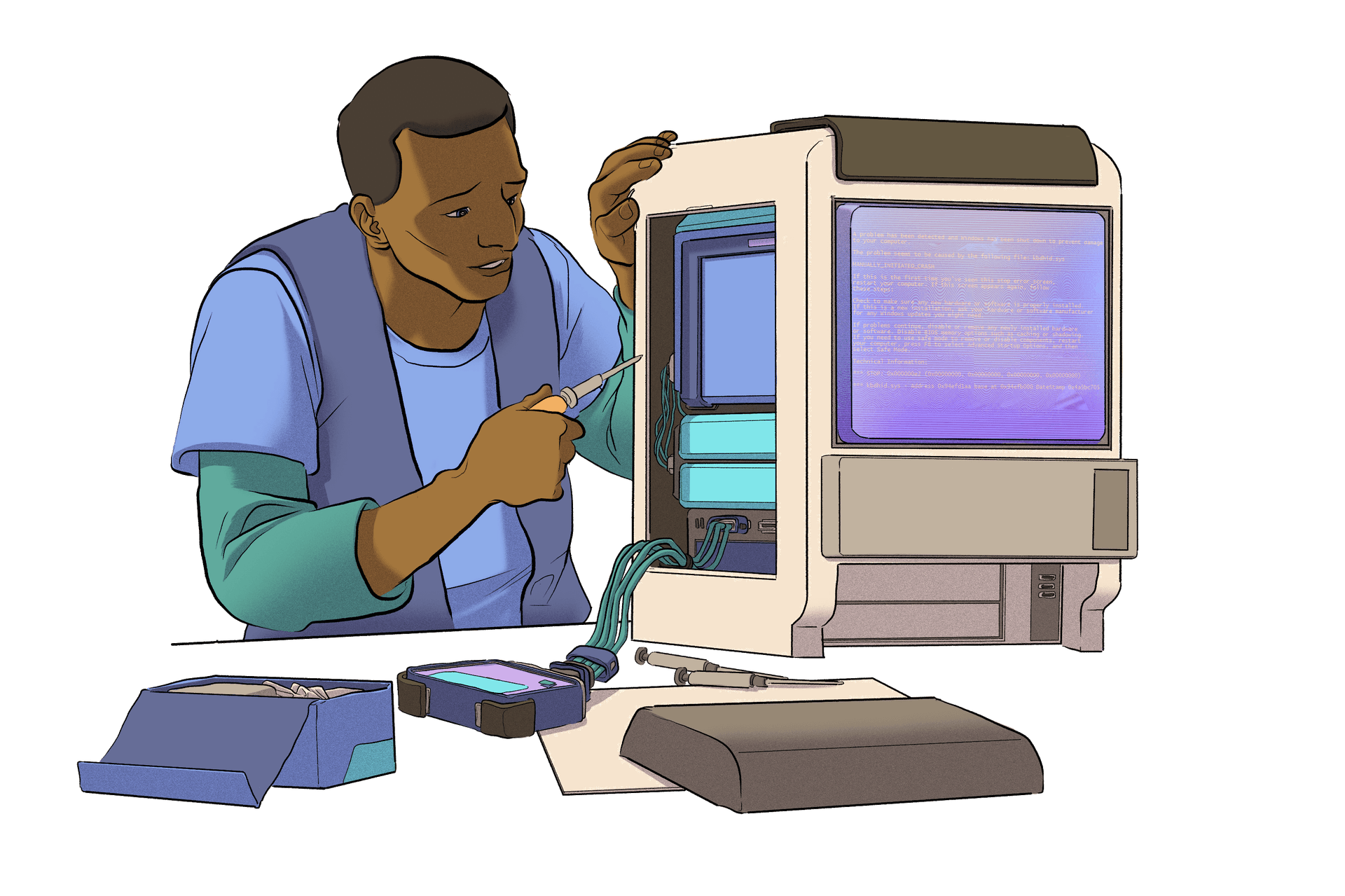
How does Ethereum work?
When Ethereum launched in 2015, it used a system called proof of work.
This mechanism, pioneered by Bitcoin, is how all computers agreed on who owns what. Computers would use a lot of energy trying to solve a complex mathematical puzzle. The winner would get to propose a block of incoming transactions and earn new ETH.
In 2022, Ethereum upgraded to a new system called proof of stake that's 99% more energy efficient. Instead of mathematical puzzles, validators lock their ETH as a security deposit to earn the right to process transactions.
If they do it correctly, they earn ETH. If they cheat, they lose some of their stake.
Here's an example:
When you send $10 in stablecoins to a friend on Ethereum:
- You open your wallet, add the account address and the amount, then click send.
- Your wallet signs the payment and broadcasts it to the network.
- The payment waits in the public queue (mempool) until a block proposer picks it.
- The block proposer adds it to the next block of transactions, broadcasts it, and earns a fee.
- The stablecoin contract moves $10 from you to your friend, and both wallets update.
- A global network of validators double-check and attest to the validity of the changes.
When you mint a $5 collectible on Ethereum:
- You connect your wallet to the dapp and choose the item to mint.
- You confirm the purchase; the wallet signs and broadcasts the transaction.
- The mint request joins the mempool and is added to a block by a validator.
- The NFT smart contract records your wallet as the new owner.
- Your new collectible appears in your wallet a few seconds later.
This is all possible thanks to the power of smart contracts; open-source programs that live on Ethereum and run 24/7, 365 accessible to anyone, anywhere.
Every transaction, update, and action is synced across thousands of independent nodes. This gives Ethereum its reliability, transparency, and censorship resistance.
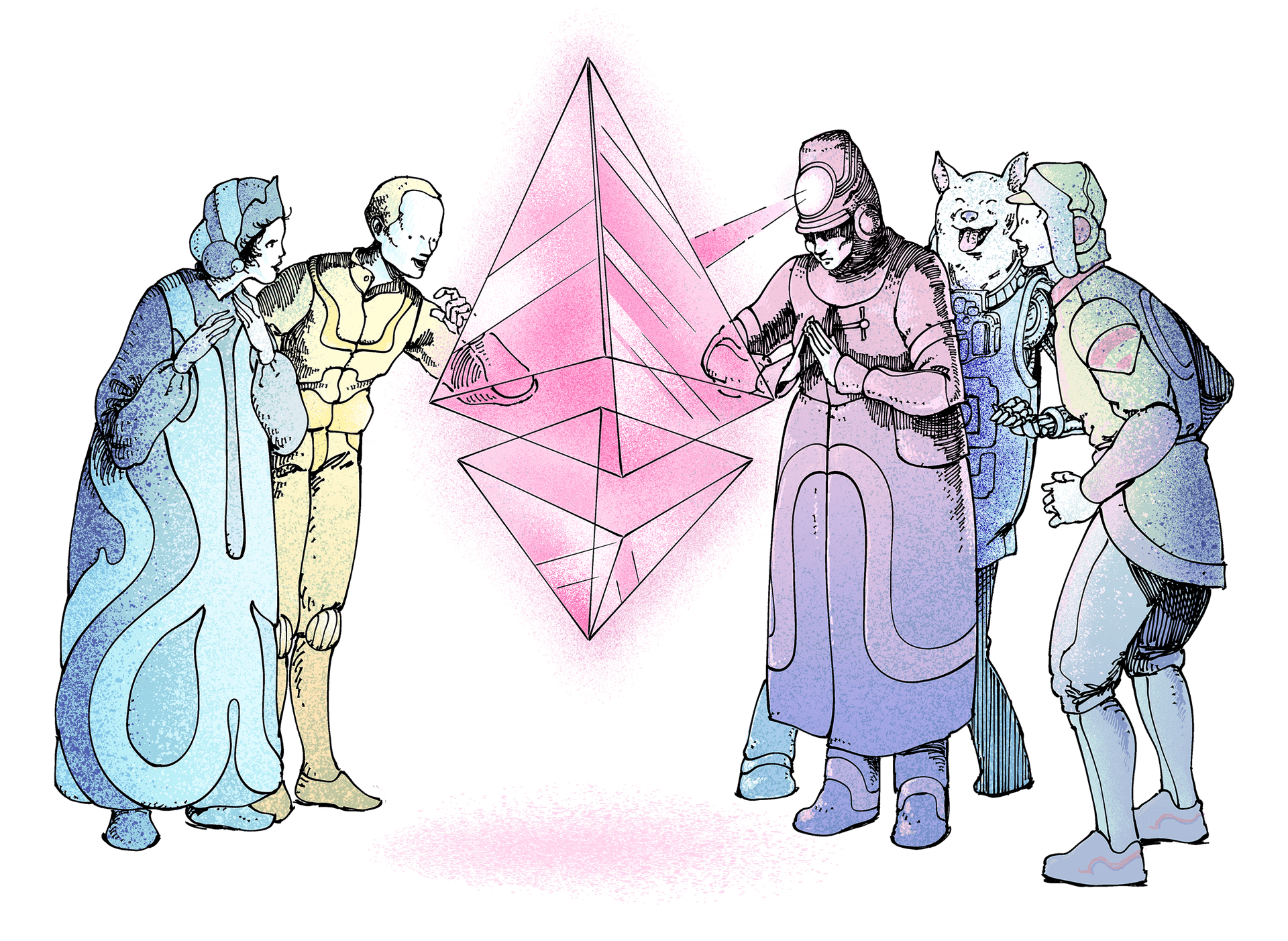
What is Ethereum used for?
People use Ethereum to do things that weren't possible before.
Farmers in Kenya can receive automated insurance on their crops without applying to a bank. Businesses like Visa can launch new payment systems that works globally from day one. Global organizations like the UN can deliver aid to refugees saving millions in bank fees.
These dapps and assets run on Ethereum using open-source code and can't be restricted, censored or turned off.
Here's how different groups are using it today:
Consumers
Millions of people already use dapps on Ethereum to move money, trade, and own digital assets every day. Unlike traditional apps, there's no need to register with your name, wait for a bank to approve you, or hand over your personal data.
With just a wallet and an internet connection you can:
- Access financial services without a bank account or credit history
- Own digital collectibles, art, and assets that can't be copied or confiscated
- Sign into dapps using your wallet, not your email—no passwords, no personal information necessary
- Participate in global communities where you can vote, contribute, and earn borderlessly
Businesses & developers
- Launch dapps with built-in global payments system from day one
- Deploy tamper-proof contracts that automatically enforce agreements
- Create financial products that anyone can build on and drive value to
For example, PayPal launched its own stablecoin, PYUSD, on Ethereum. This is a sign that even the world's largest payments companies see the benefit of Ethereum's open and programmable nature.
Governments
Governments are also starting to explore what Ethereum makes possible.
- Distribute public funds and benefits directly to citizens with full transparency
- Issue digital IDs or records that are verifiable and portable across borders
- Build tamper-proof public infrastructure for voting, land titles, and registries
In another case, Ukraine's Ministry of Digital Transformation used Ethereum to distribute wartime aid.
Funds were sent directly to citizens and NGOs using open smart contracts, providing transparency, speed, and accountability during a crisis.

How to start using Ethereum
Getting started with Ethereum is easier than you might think.
You don't need permission. You don't need a bank or even an ID document. All you need to get started is a device and an internet connection.
For individuals
The first step is downloading a wallet.
Popular wallets like Zerion, Rainbow, and Coinbase Wallet are free and easy to use. Once your wallet is set up, you can:
- Buy a small amount of ETH on an exchange or directly inside some wallets
- Use that ETH to pay for transactions like sending tokens or collecting NFTs
- Explore dapps like Zora, Uniswap, or Farcaster—no new logins or approvals needed
These priorities will help ensure Ethereum is secure, scalable and user friendly as more people rely on the network everyday.
These dapps run in your browser and work with your wallet instantly. You can start using Ethereum in minutes.
For developers
Ethereum is a playground for developers. You can start building without permission, approvals, or even real money.
The Ethereum Developer Docs walk you through everything from writing your first smart contract to deploying on test networks like Sepolia.
You can build full-stack dapps with tools like Hardhat, Foundry, and Ethers.js, or experiment with low-code platforms like thirdweb or Moralis.
Everything is open-source and composable, so you can remix and build on what's already out there without asking for permission.
Use Ethereum in business
Enterprises are already using Ethereum to power new infrastructure.
Many enterprises are starting with L2 networks like Optimism and Base to support high-volume use cases. These networks offer lower fees, faster speeds while still benefiting from Ethereum's security and removing counterparty risk.
You can:
- Launch modular loyalty programs that boost retention and cut third-party costs
- Tokenize assets like tickets, coupons, or certificates to reduce fraud and resale risk
- Enable instant global payments to lower transaction fees and unlock new markets
For example, in 2025, Shopify launched on Base to allow consumers to spend stablecoins with millions of merchants around the globe.
What's the difference between Ethereum and Bitcoin?
Bitcoin and Ethereum are the two biggest cryptocurrencies in the world.
They both let you send money without a bank, both run on blockchain technology, and both are open to anyone. But that's where the similarities end.
Bitcoin is like digital gold.
It has a fixed supply of 21 million coins, a narrow focus on peer-to-peer payments, and a basic scripting language that limits what you can build with it. This simplicity is by design since Bitcoin prioritizes predictability, durability, and long-term security over flexibility.
Ethereum takes a broader approach.
It's not just money, it's programmable infrastructure. Instead of just sending and receiving value, Ethereum lets developers build entire applications. You've already seen this in action: from lending markets and stablecoins to collectibles, social media, and real-time payments—all powered by smart contracts and secured by ETH.
The way the networks reach consensus is also different.
Bitcoin uses miners to secure the network. These are powerful computers that compete to solve complex puzzle, and the winner gets to add the next block of transactions to the chain and claim bitcoins as a reward. This process is called mining and it uses large amounts of electricity.
Ethereum used to work like this too. But in 2022, it transitioned from proof of work to proof of stake. Today, transactions are confirmed by validators who lock up ETH as collateral. Honest validators earn ETH rewards while any dishonest ones lose part of their stake. This shift made Ethereum over 99.988% more energy efficient without sacrificing security or decentralization.
There's also a difference in how supply is handled.
Bitcoin has a fixed supply. There will only ever be 21 million coins. Ethereum, on the other hand, has a dynamic supply. New ETH is issued to reward validators, while a portion is burned with every transaction. This means Ethereum can't just "print infinite ETH."
The issuance rate is limited by how much ETH is staked. As more ETH is staked, individual rewards decrease, creating a natural balance. This design ensures a sustainable security budget well into the future, without relying solely on transaction fees.
In short, Bitcoin is a tool for sending value. Ethereum is a platform for building it.

When did Ethereum launch, who founded it and who runs it now?
From the start, Ethereum was designed to run by its community.
In 2013, Vitalik Buterin published a white paper proposing a new kind of blockchain for money and apps anyone could use. The idea quickly gained traction.
By 2014, co-founders like Gavin Wood and Joseph Lubin joined the effort, and the team raised funds through one of the earliest crypto crowdfunding campaigns.
Ethereum officially launched in July 2015.
Key moments in Ethereum's history
- 2013: 19-year-old Vitalik Buterin publishes the Ethereum whitepaper
- 2014: The Ethereum Foundation forms and launches a crowdfunding campaign
- 2015: Developers launch the Ethereum network with the Frontier release
- 2016: Smart contract exploit drains $60M (3.6M ETH) from The DAO prompting a chain fork
- 2020: Beacon Chain launch starts the move to Proof-of-Stake
- 2021: London upgrade starts burning gas fees via EIP-1559
- 2022: The Merge replaces mining with staking, cutting energy use by 99%
- 2025: Pectra upgrade improves smart wallet support and L2 compatibility
Today, no single person or company runs Ethereum.
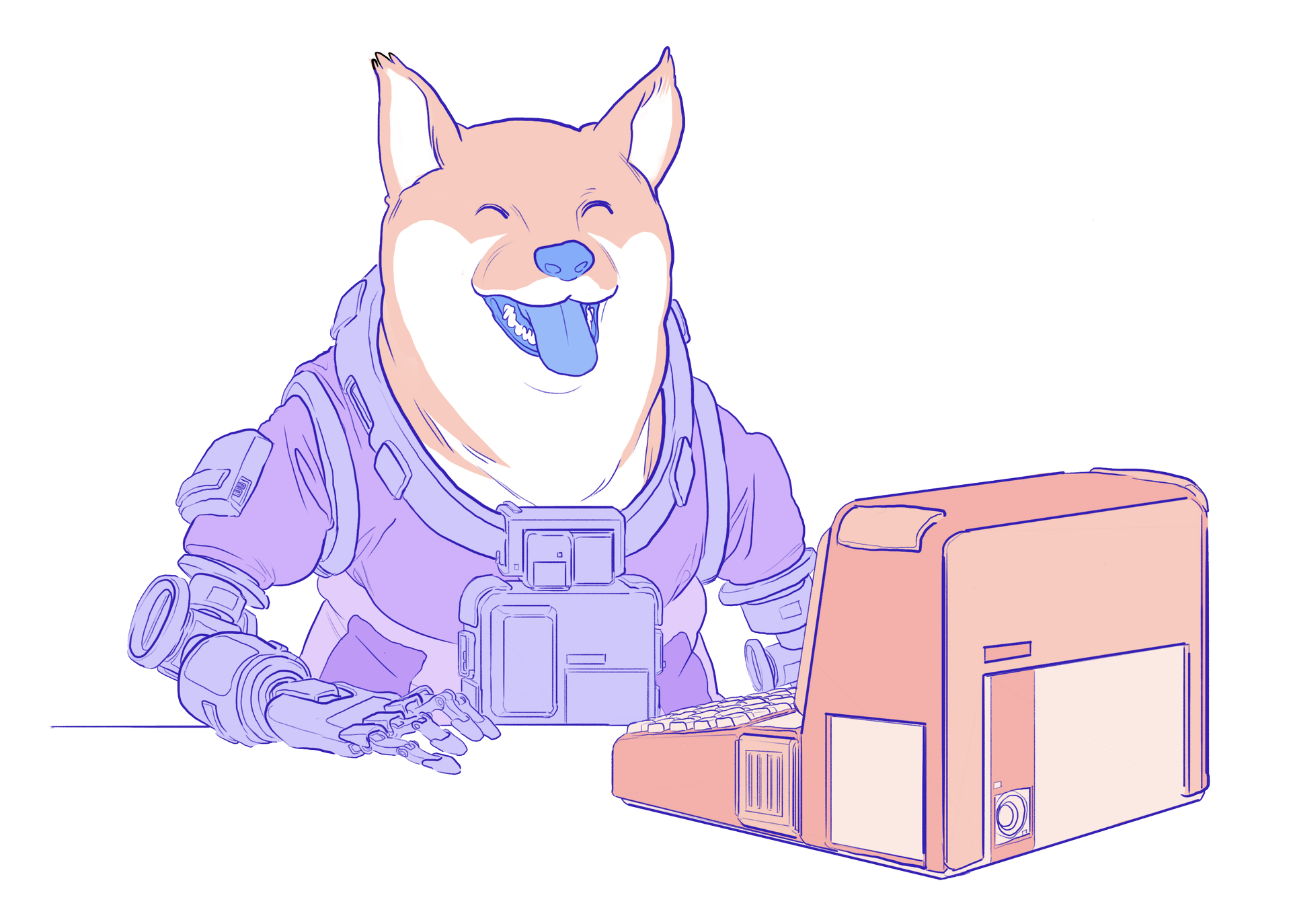
The network is maintained by a broad group of contributors:
- Developers who write and propose upgrades
- Node operators contributing to distributed physical infrastructure
- Stakers who validate transactions
- Community members who build the tools and culture
- You by using the network
There's no CEO, board, or central authority. The Ethereum Foundation still helps fund research and development, but the ecosystem runs on open participation.
Changes are proposed through Ethereum Improvement Proposals (EIPs), discussed publicly, and only adopted if the wider community supports them.
This makes Ethereum slower to change than a startup, but also much harder to shut down or take over.
What is the Ethereum roadmap for 2025?
Ethereum doesn't follow a fixed roadmap. It follows a shared vision.
Network upgrades are made as EIPs and developed in public by contributors around the world. There's no central team deciding what happens, just people building what they believe is useful based on users' needs.
Pectra is the most recent upgrade launched in May 2025. This upgrade improved wallet features, gave stakers more flexibility, and made it easier for dapps to run on L2s. The goal was to improve usability without compromising on security or decentralization.
Looking ahead, Ethereum's priorities include:
- Making the core protocol and its L2s faster and cheaper for everyone
- Improving the experience for users and developers
These priorities will help ensure Ethereum is secure, scalable and user friendly as more people rely on the network everyday.
If you want to steer the direction for Ethereum, get involved. You don't need permission, just the desire to make a difference in this new digital economy.
